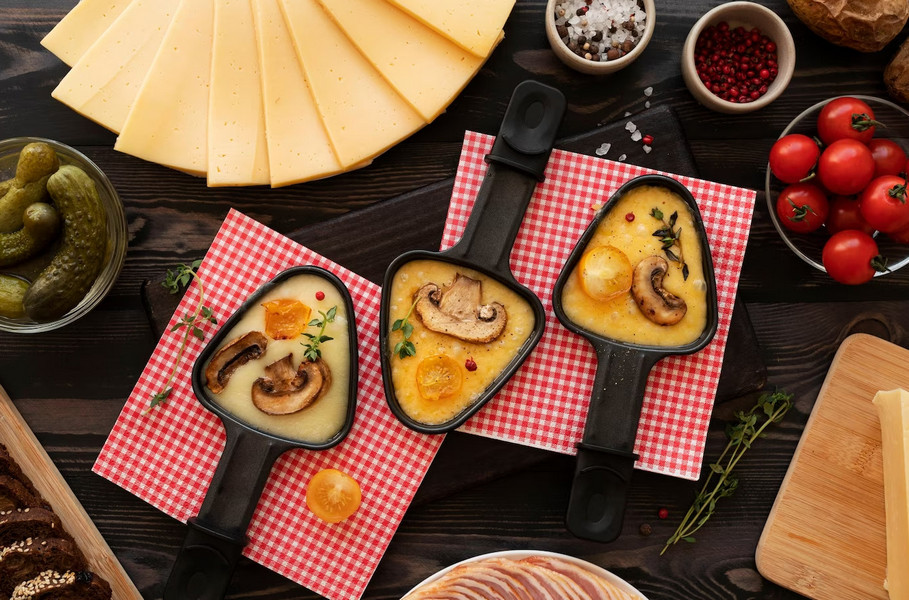France is the epitome of culinary artistry. It offers far more than just a meal. The country offers an experience! When you dine in France, you do not just feed your body but also your soul. The French culinary landscape is a rich tapestry woven from historical traditions, regional ingredients, and masterful techniques.
This article will explore the facets that make French gastronomy a world leader.
What are regional specialties?
What makes French cuisine particularly captivating is its deep-rooted regionalism. For example, take Alsace, which borders Germany and Switzerland. Here, you will find dishes featuring sauerkraut and sausages, an evident influence from its neighbours. Alsatian wine is also a significant product, with the region renowned for its crisp Rieslings and aromatic Gewürztraminers.
In contrast, in the southeastern region of Lyon, you will find an emphasis on offal, fresh vegetables, and poultry, as in the famous coq au vin. It is also home to the ‘Bouchon,’ a restaurant where local Lyonnaise dishes take centre stage.
The historical influence
The influences shaping French cuisine extend far beyond European borders. The Vietnamese Bánh Mì sandwich blends French baguette with Vietnamese flavours. This cross-cultural melding underlines the adaptability and scope of French culinary arts. Using spices like saffron in southern French cuisine hints at a Moorish influence, which is another layer of complexity.
In the 20th century, French chefs like Auguste Escoffier modernized French cuisine. They laid the foundations for the international adoption of the country’s techniques. Escoffier’s work in streamlining recipes made French cuisine more accessible, a form of high art that we recognize today.
Culinary techniques
Even within culinary techniques, France offers various specialized crafts. For example, pastry-making is a discipline requiring years of training. Think of the precision of crafting delicate macarons or the skill needed to produce flaky croissants.
Cheese-making is another realm altogether. France boasts over 1,000 different types of chees. Each has its production method, ageing process, and unique flavour profile.
The French also celebrate the art of charcuterie — preserving meats. Whether it is using confit techniques to preserve duck or crafting fine sausages and pâtés, the French have a long history of making the most out of every cut of meat. It reflects an appreciation for the produce and a respect for minimizing waste.
As you can see, French gastronomy is more than a collection of dishes. It is a lifestyle, an art form, and a cornerstone of French culture. The culinary offerings remain unmatched. They reflect the nation’s rich history, regional diversity, and masterful techniques.
We hope this expanded article provides a more detailed and engaging look into French gastronomy. Would you like to add anything else? Please get in touch with our team!
